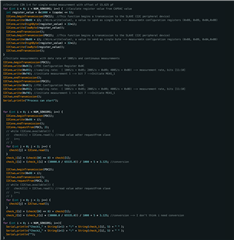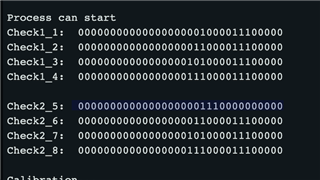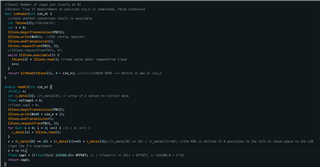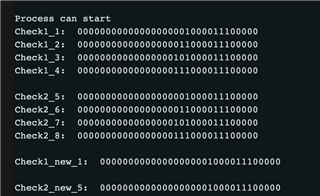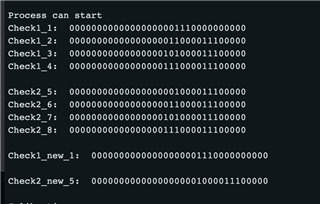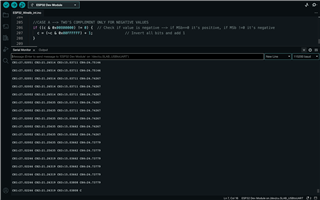Other Parts Discussed in Thread: , FDC2214, LDC1314, LDC2114
Hi Experts,
We need your assistance to check our customer's inquiry below. I am posting this on behalf of the customer.
I am using your FDC1004 capacitance-to-digital converter to read values from capacitive sensors using either Arduino Pro Mini, an ESP32-wroom-32E or an ESP32-Mini-1.
With all these chips I faced the same problem which is channel flipping during readout. In better words, the channels I read are flipped one position forward every other time I upload the code. So for example during the first reading, I would read on CH2 the value placed on channel1, on CH3 the one placed in channel2, on CH4 the one placed on channel3, and on CH1 the one placed on channel4. If I reset the chip (or upload again the code) they fix it till I don't upload the code again. This is why only every other time I upload the code or reset the chip I read the values in the correct order. I thought it might have been a problem with the Arduino, but I had the same issue with the ESP32.
I would like to be able to read the correct value of capacitance for ea.
Thank you in advance.
Best regards,
Jonathan


